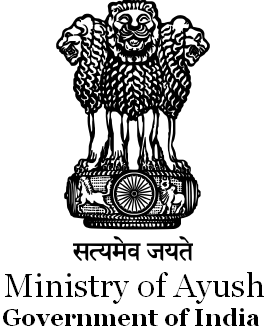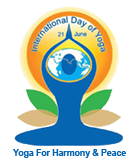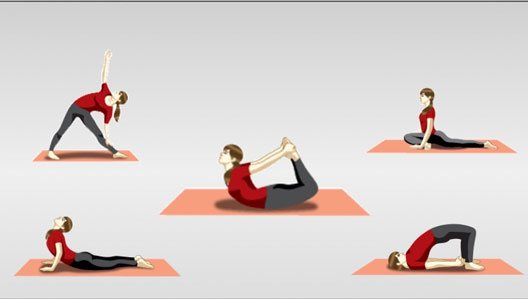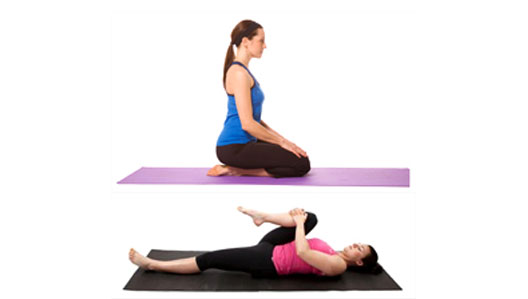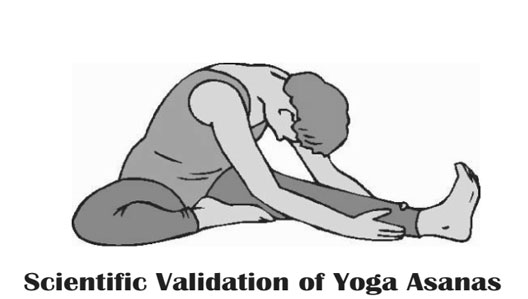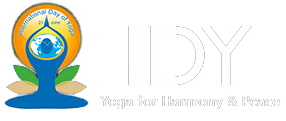Master Healers of Ayush
2019-08-18
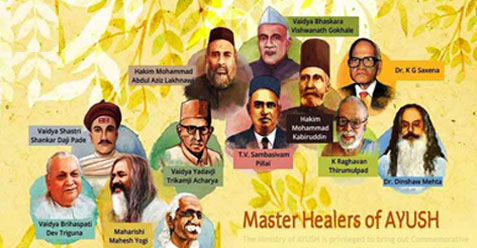
Ayush Systems of healthcare form the foundation of India’s Medical Heritage. These systems are not merely sciences of Disease and Drug, but have their own conceptual frameworks touching at every aspect of health. Path-finding visionaries have appeared in each of different streams of Ayush at different times in history and made notable contributions to the growth and the development of respective streams.
The Ministry of Ayush is privileged to bring out Commemorative Stamps as its humble homage of the nation to 12 such Master Healers of Ayush systems from the modern era.
Maharishi Mahesh Yogi: Known for original contributions to Yoga and Meditation, he is remembered most for developing the Transcendental Meditation technique. The Shankaracharya of JyotirMath,Swami Brahmananda Saraswati, was his guru. From 1955 Maharishi travelled around India and the world to spread his message of peace and spirituality, and inspired thousands of followers. His legacy lives on through the numerous books that he authored, and the many institutions that he set up, including the Maharishi International University (later renamed Maharishi University of Management).
(It is believed he hailed from a family in Central Provinces of the then British India; details of his early life are not clearly known since he had relinquished family connections after becoming an ascetic)
Vaidya Brihaspati Dev Triguna was an accomplished Ayurvedic physician and scholar. He was renowned for his skills of pulse diagnosis. Many leading personalities including Presidents and Prime Ministers of India were his patients. In association with Maharshi Mahesh Yogi, he was instrumental in establishing large number of Ayurveda Clinics and Panchakarma Centres globally. He was instrumental in establishing the Rashtriya Ayurveda Vidyapeeth (RAV) for preserving the Ayurveda knowledge through Guru Shishya Parampara. The nation honoured him by conferring on him the Padma Vibhushan.
(He was born in a family of Ayurveda physicians from Punjab; and he lived and worked from Delhi.)
Vaidya Shastri Shankar Daji Pade is revered for his prolific writing skills, scholarship, deep thinking and technical proficiency in Ayurveda. He proposed opening of Ayurveda Schools to make people aware of the strengths and secrets of Ayurveda. Throughout his life he motivated fellow-professionals to establish associations and discussion groups in Ayurveda that later lead to the world of Ayurveda Conferences. He contributed more than 75 weighty books and commentaries.Besides, he drew up a list of 702 ancient Ayurveda texts.
(He belonged to Maharashtra; his ancestors had lived in Narayana village of Pune district till his father moved with his family to Mumbai)
Hakim Mohammad Kabiruddin: One of the most prolific writers and a great academician of Unani Medicine of 20th century. He devoted his efforts in translating many important books related to Unani medical practice into Urdu language. He founded Al-Masih, a monthly magazine and established ‘Daftar al-Masih’, a publishing house, which published original works as well as translations. He was honored with the title of ‘Shahanshah-e-Tasnifaat’ (Emperor of Compilations) by Nizam of Hyderabad. Hakim Kabiruddin was a great teacher. He served as Professor at A&U Tibbia College, New Delhi, Reader at Ajmal Khan Tibbiya College, AMU, Aligarh and Vice Principal at Nizamia Tibbia College, Hyderabad.
(He lived and worked mostly in Delhi)
Vaidya Bhaskara Vishwanath Gokhale was a skilled teacher, far sight visionary and eminent Ayurveda physician. He emphasized the need for quality Post Graduate education and Research in Ayurveda. He was also one of the early votaries of integrative medical systems. His concept on increasing the potency of routinely used drugs gained fame as the practice of Ekaushadhi Prayoga. His teachings continue to serve as guiding lights for generations of Ayurveda professionals even after so many decades.
(He hailed from Kolhapur in Maharashtra and spent majority of his productive years in Pune)
K Raghavan Thirumulpad was an eminent Ayurvedic and Sanskrit Scholar, who inspired generations of Ayurveda students. He was a proponent of classical Ayurveda and symbolized a harmonious mix of ethics and rationality in the practice of medicine. He published more than 42 books. Motivated by Nationalistic movement, he participated in the propagation of Khadi. He founded Ayurvedic Medical Practitioners Hospital and Industrial Co-Operative Society (AMPHIC) for setting up a manufacturing unit of quality Ayurveda medicines in 1970. A grateful nation conferred the honour of Padma Bhushan on him posthumously.
(He belonged to Kerala)
Dr. K G Saxena: He was first Honorary Adviser (Homoeopathy) to Government of India and had the privilege of being the Honorary Physician to Dr. Rajendra Prasad, the then President of India. He made Herculean efforts for the recognition and advancement of Homoeopathy. In recognition of his services to the cause of Homoeopathy, he was conferred Padma Shree award. He was also conferred with National Award at Calcutta by N.C. Chakravarty Memorial Committee for his significant contributions towards the development of Homoeopathy.
(He belonged to Delhi)
Vaidya YadavJi TrikamJi Acharya was a bright luminary and successful practitioner of Ayurveda. Recognizing the lack of authentic editions of Ayurveda treatises, he founded the Ayurveda Granthamala Trust that published authentic editions of Ayurveda treatises. The more than 40 books that he published embody his scholarship and practical experience. In appreciation to his meritorious work Govt of India appointed him as the first Principal of Post Graduate Teaching Centre in Ayurveda,Jamnagar in 1956.
(He belonged to Gujarat and hailed from Porbandar)
Swami Kuvalayananda: A pioneer in scientific approach to Yoga, Swami Ji was instrumental in making it more acceptable to the modern world through research work on Yoga techniques. He published the first journal devoted to scientific investigation into yoga, namely Yoga Mimamsa. His work established the positive impact of Asana, Shatkarma, Bandhas, and Pranayama on humans. Kaivalyadhama Yoga Institute founded by him in 1924 continues to work for the upliftment of society through the application of Yoga in various spheres of life.
(Hailed originally from Dhaboi in Gujarat, but later shifted base to Lonavala in Maharashtra where he set up Kaivalyadhama Institute)
Hakim Mohammad Abdul Aziz Lakhnawi: Born on 24th September 1854 in Lucknow, Mohammad Abdul Aziz Lakhnawi was an illustrious physician and an outstanding teacher. He established a Medical School in Lucknow in 1902 and named it Takmil al -Tibb, meaning, completion of education in Medicine. His wide-spread fame attracted students and practitioners not just from different parts of India, but also from Afghanistan and Central Asian countries. His Medical School is now a reputed College maintained by the Government of Uttar Pradesh.
(He belonged to Lucknow,Uttar Pradesh)
Dr. Dinshaw Mehta: A close confidante of and personal physician to Mahatma Gandhi, Dr. Dinshaw Mehta was deeply committed to natural and holistic methods of cure. He helped Mahatma Gandhi to establish the Nature Cure Clinic and Sanatorium at Pune, which is presently the National Institute of Naturopathy under the Ministry of Ayush. Dr Mehta carried out scientific studies into Naturopathy, especially on fasting.He was a true path-finder for Naturopathy in India.
(He hailed from Mumbai and lived and worked in Pune)
T.V. Sambasivam Pillai: He authored the “Siddha Cyclopaedic Medical Dictionary”, a mammoth work of unprecedented scale and erudition. It extends over 5 volumes with around 87,000 words, and is one of the most treasured and impactful works in Siddha medicine. It is also believed to be one of the greatest achievements in the encyclopaedia history of India. TV Sambasivam Pillai is revered as the “Legend of Siddha Cyclopaedic Medical Dictionary” by the scholars of Siddha medicine.
(He belonged to Tamil Nadu)

